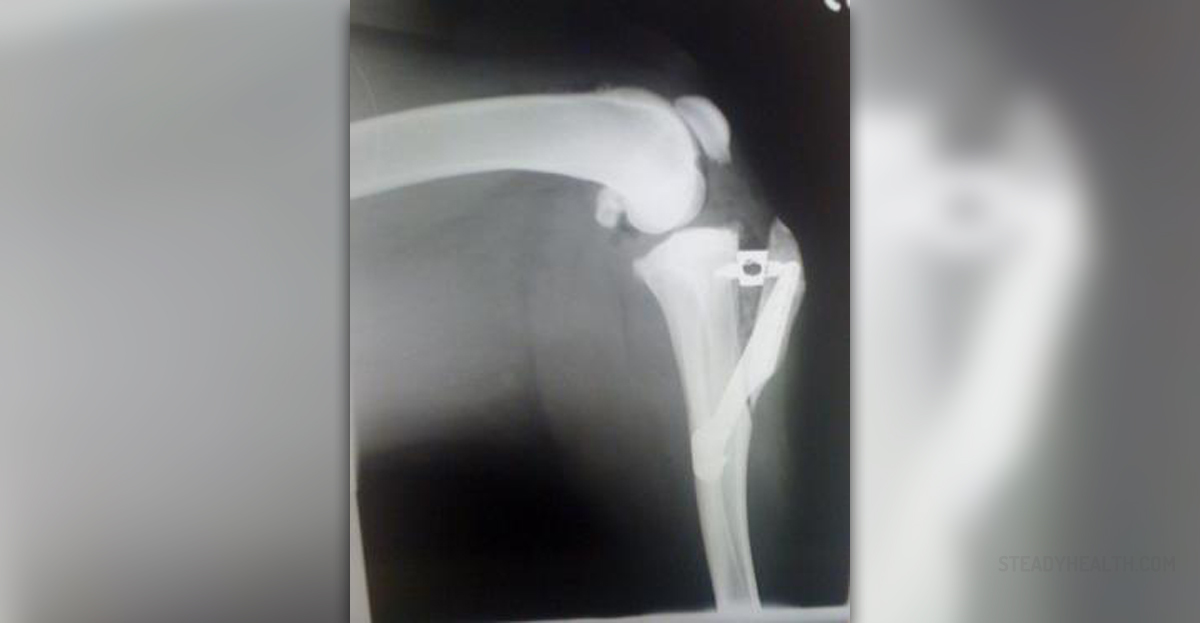
The name of the ligament we will talk about is fibular collateral ligament, which is one of the four knee ligaments. This ligament found on the outer area of the knee is important for the balancing of the body. Human body is very complicated machinery, and legs and knees are very complicated areas of the body since they bear great responsibility. Legs and knees are responsible for keeping us on our feet and they constantly work and bear weight. As we have said, knee has four ligaments and many joints and muscles. The fibular lateral ligament or the lateral collateral ligament is one of the four ligaments. It is very important part of this mechanism and injury to it may lead to great problems like problems with balance and stability of the body. The lateral collateral ligament belongs to the extrinsic knee ligaments. Medial collateral ligament is much wider than this ligament, and it goes from the shinbone to the end of the thigh bone. This ligament is located on the opposite side of the knee. Medial is less flexible and it can easily be damaged, unlike the lateral collateral ligament.
Lateral Collateral Ligament Injury
Every ligament in the human body can become stretched, sprained or torn, which can be incomplete or completed tear. The most common way of injuring the lateral collateral ligament is by applying pressure on the inner area of the knee joint, which will result in the strain located on the outer area of the joint. The sprain of the lateral collateral knee ligament is a grade one injury, while grade two is the incomplete tear. Complete tear of the lateral collateral ligament is the grade three injury. Pain, tenderness around the affected area, and swelling are problems associated with every grade of the lateral collateral knee ligament injury.
Diagnosis and Treatment
A test is done to determine the ligament looseness and during the test, a patient bends the knee to the 25 degrees and then the outer area of the knee suffers certain pressure. MRI and X-scans can also be done in order to diagnose the problem. When the problem is detected, the patient will have to use knee support braces, elevate leg, put cold compress, rest and take anti-inflammatory medications. After some time, exercises are included so that the knee becomes stronger. Surgery is done only if the ligament is completely torn. Visiting the doctor is needed if tenderness or swelling are present, or if the knee is unstable and you are undergoing treatment for lateral collateral ligament injury. If the swelling recedes and then returns, contact the doctor since this may imply that healing was not done properly. Be careful because this is a very part of the human body. Try to prevent the problem and avoid injury, but if this cannot be done, visit the hospital to receive a proper treatment.





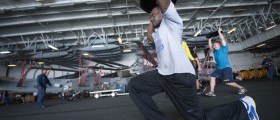


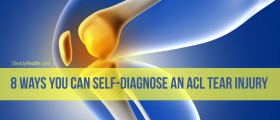

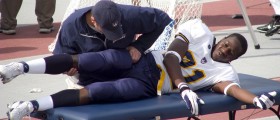
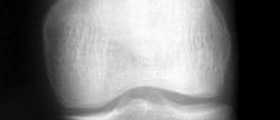

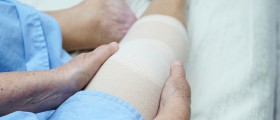


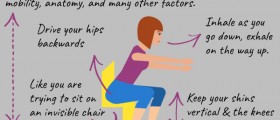
Your thoughts on this
Loading...